Xbox Series X details revealed: 10 key bits of info you need to know
We crawled through all of today's Xbox Series X announcements so you don't have to
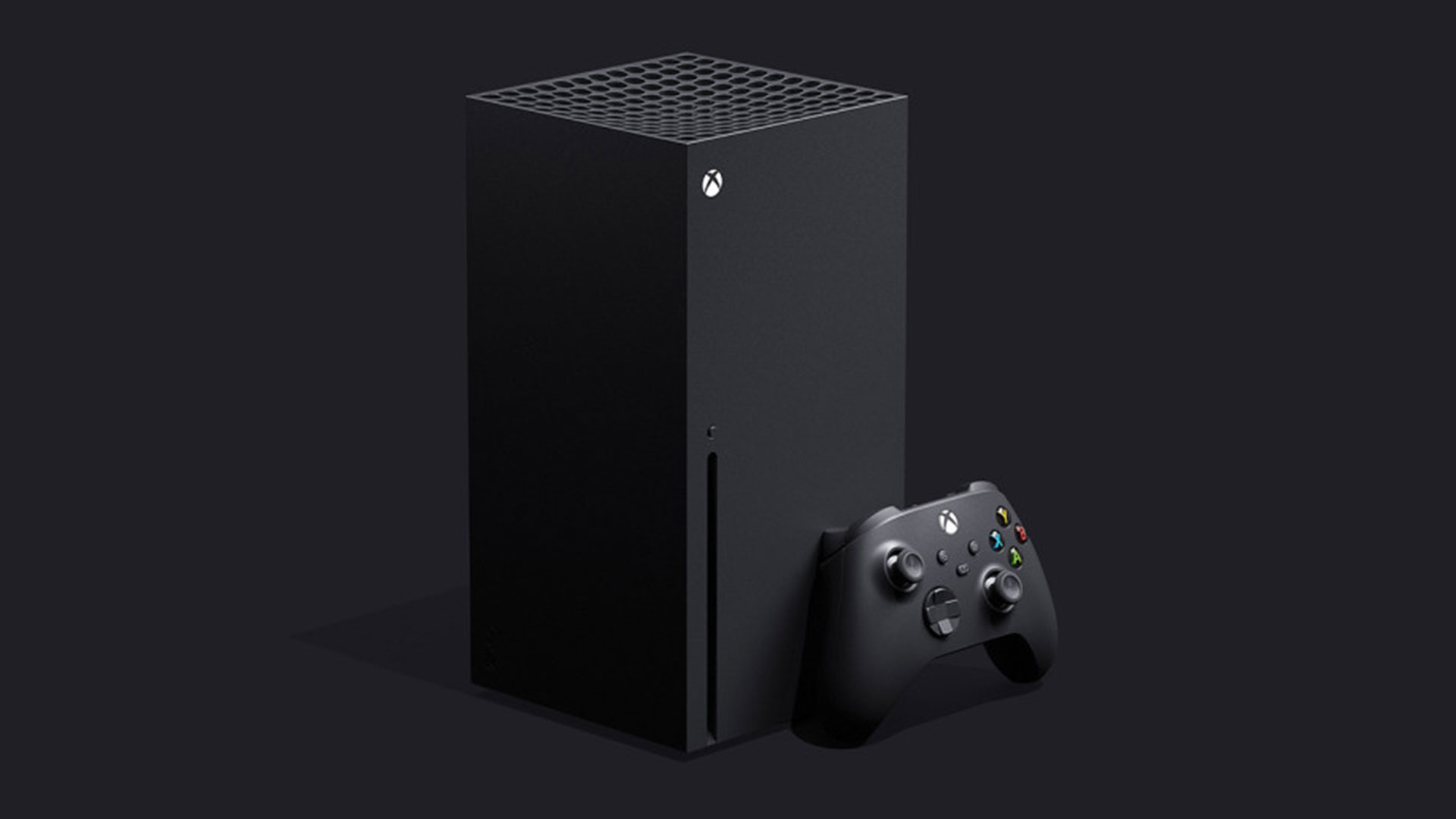
Not content with coming out the gate swinging, Microsoft has followed up on last month's barrage of new Xbox Series X specs details with yet another wave of info, revealing more info about the next-gen console's loading times, controller design, and backwards compatibility initiative. There's trailers, blog posts, fridge memes, and so much more to delve into, and – frankly – it's all a bit overwhelming. With that in mind, we've waded through the reams of new information, and drawn out all the key highlights that you need to know about, all centered around why it matters to players, and what it means for the future of next-gen going forward. Read on, and discover why the Xbox Series X is starting to look like a leading player on the frontlines of gaming.

The Xbox Series X controller is getting a Share button
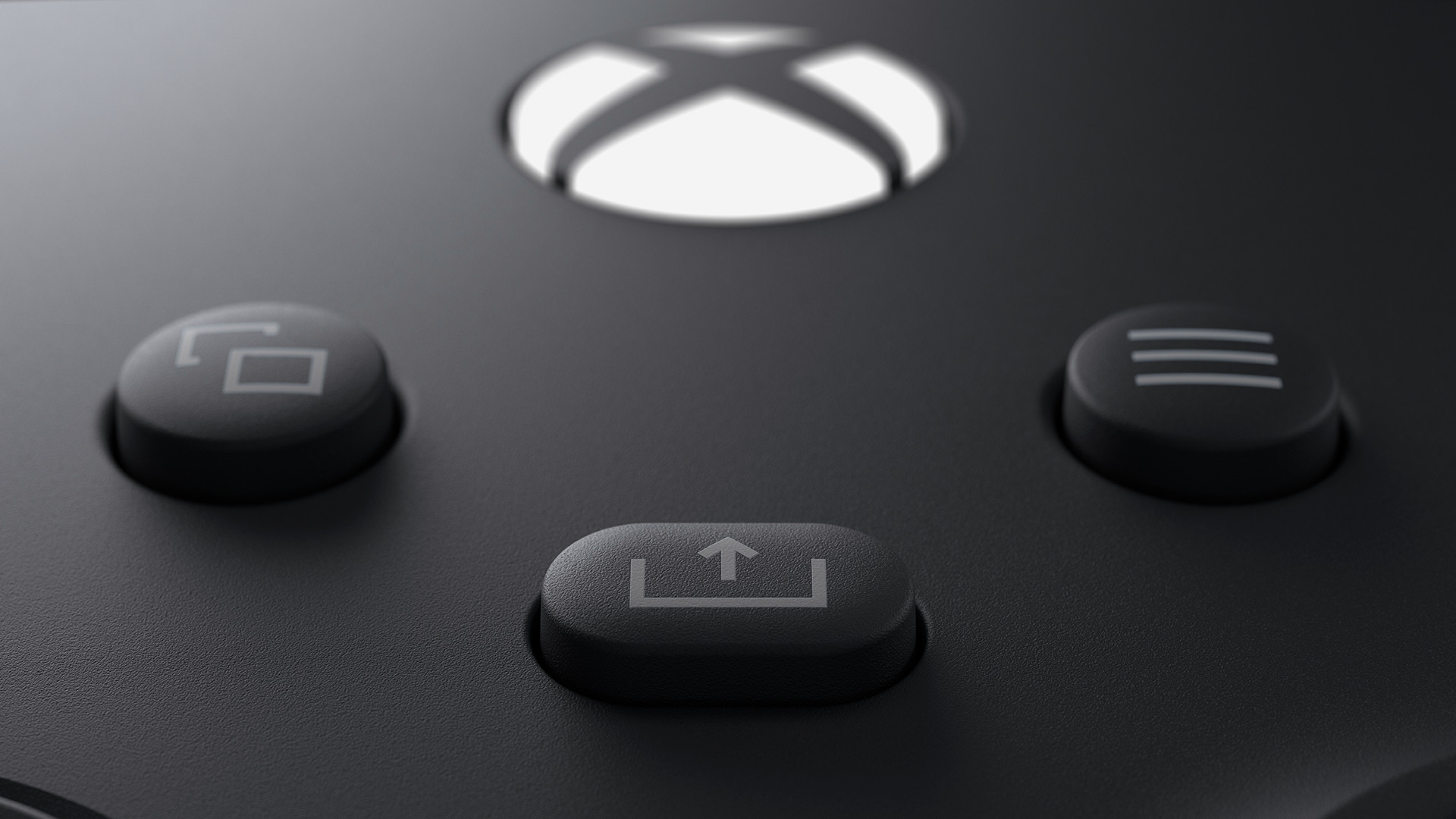
The Xbox One was notoriously poor with respect to game capture. The Share button on the PS4 changed the way that players were able to share their biggest accomplishments with the world, so perhaps it is no surprise that the Xbox Series X controller will feature a Share button of its own. Ryan Whitaker, senior designer at Xbox, says that "adding a Share button is the best way to make capturing and sharing instantaneous", going on to explain that the new Xbox Series X controller Share button will make it "easy to just grab a screenshot or record a video without needing on-screen menus." The new button sits beneath the returning View and Menu buttons on the pad.
Xbox Series X will make asset loading much quicker
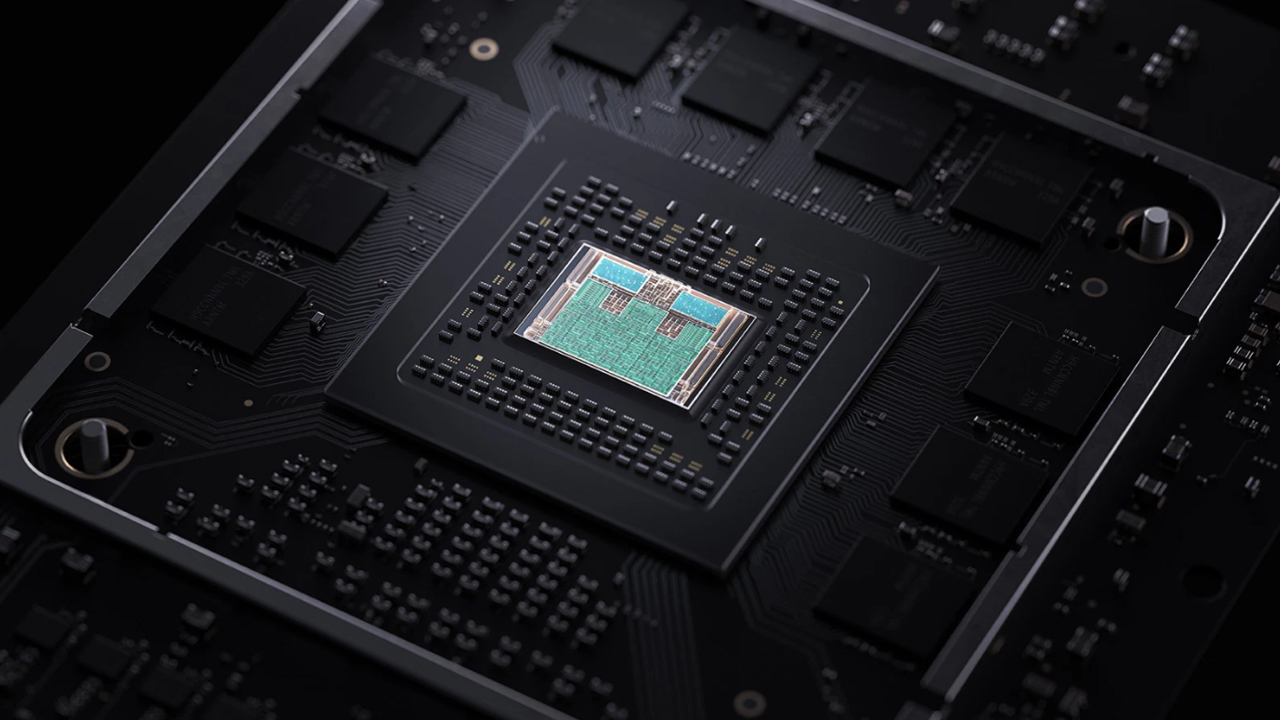
The Xbox Series X is serious when it comes to speed, as evidenced by the Xbox Series X loading times video Microsoft has released. But, on top of the SSD that will come with the Xbox Series X, a new architecture has been revealed for the console, called "Xbox Velocity Architecture". On the Xbox Wire blog post, it's claimed that, "This will unlock new capabilities that have never been seen before in console development, allowing 100 GB of game assets to be instantly accessible by the developer." How does that improve immersion? Well, it allows developers to quickly load in assets for large scale worlds. This could spell the end for elevator rides in games, as developers won't need to hide asset loading anymore.
Bespoke expandable storage is coming
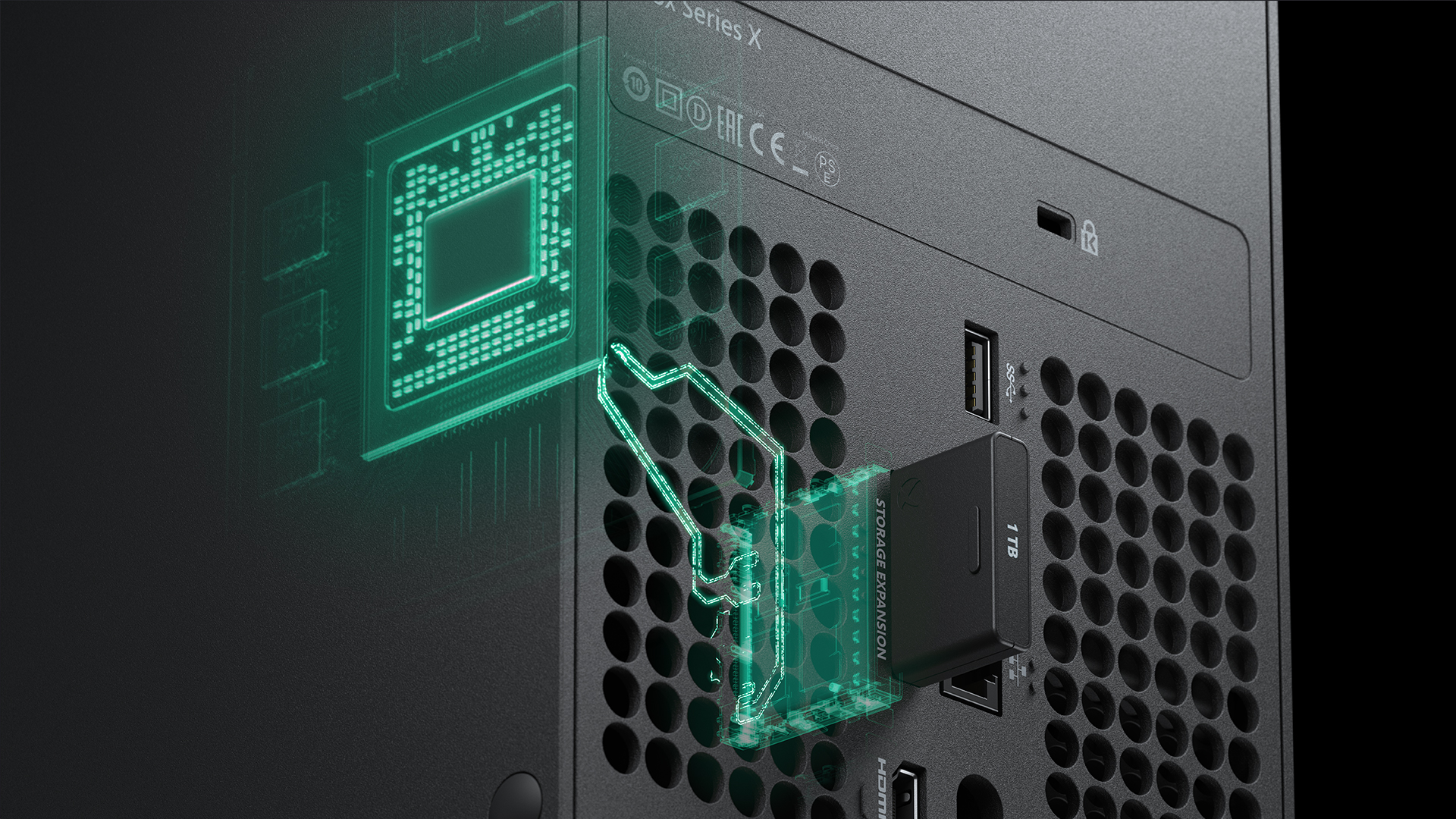
Memory cards are making (a sort of) comeback. Amongst the glossary Xbox Wire published, they listed the "Xbox Series X Storage Expansion Card", which is a 1TB "custom storage solution" that plugs into the back of the console and will allow games installed on it to take advantage of the Xbox Velocity Architecture. While backwards compatibility games can still be played off USB 3.2 external hard drives, they won't be optimised for the console in the same way as if you play off the Expansion Card.
Microsoft is committing to Backwards Compatibility
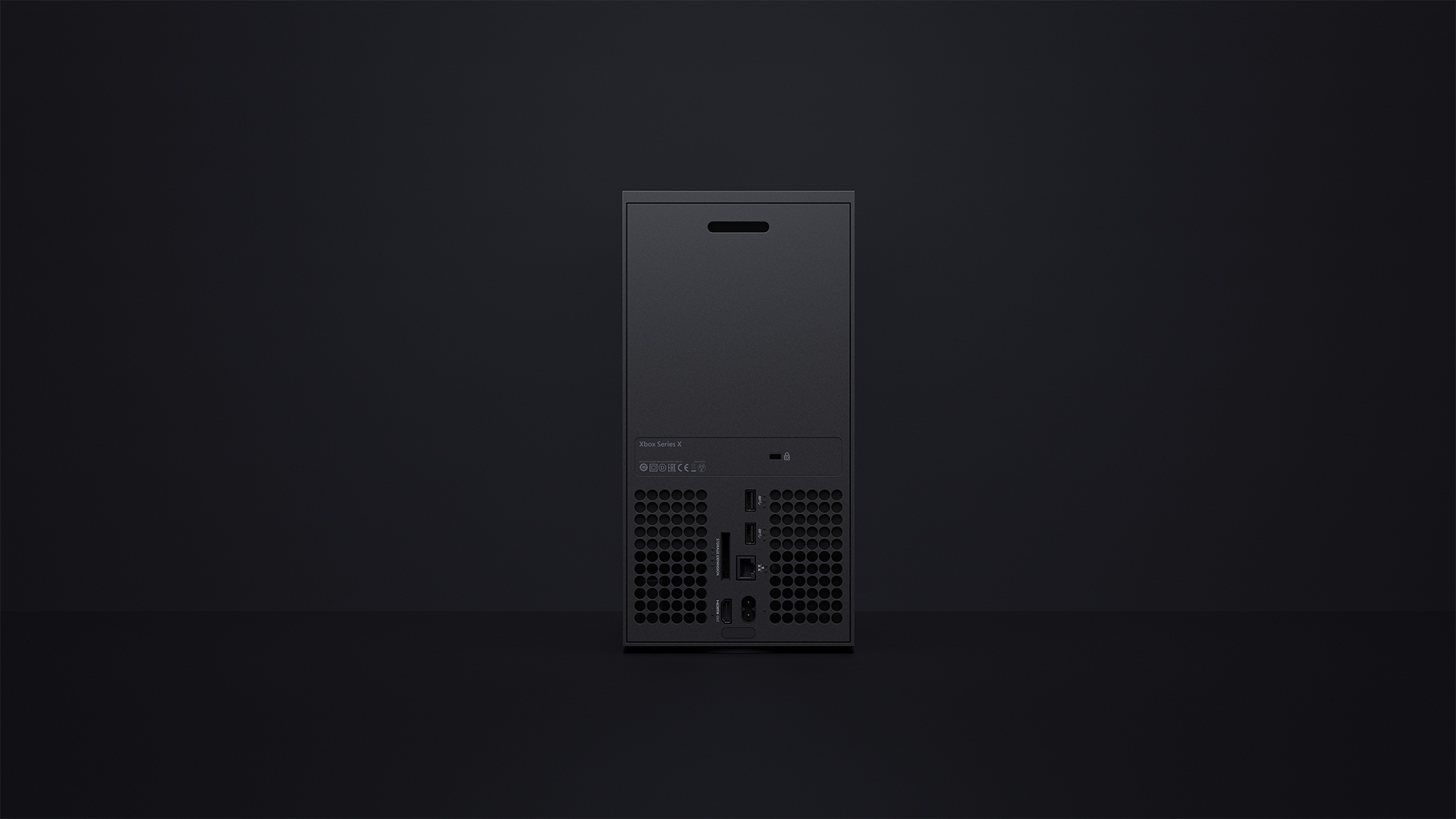
For the next phase of its ambitious backwards compatibility endeavor, Microsoft isn't just ensuring the Xbox Series X can play Xbox One, Xbox 360, and original Xbox games, but will actively make them smoother, prettier, and faster. The blog post promises "improved boot and load times, more stable frame rates, higher resolutions and improved image quality" for back-compat titles on the Xbox Series X, while also ensuring that even your game saves and progression will follow you to the next generation. As an example, Microsoft confirmed that Gears 5 will look and run even more impressively on the new console than it did on the Xbox One, among hundreds more.
Games will load quicker than ever
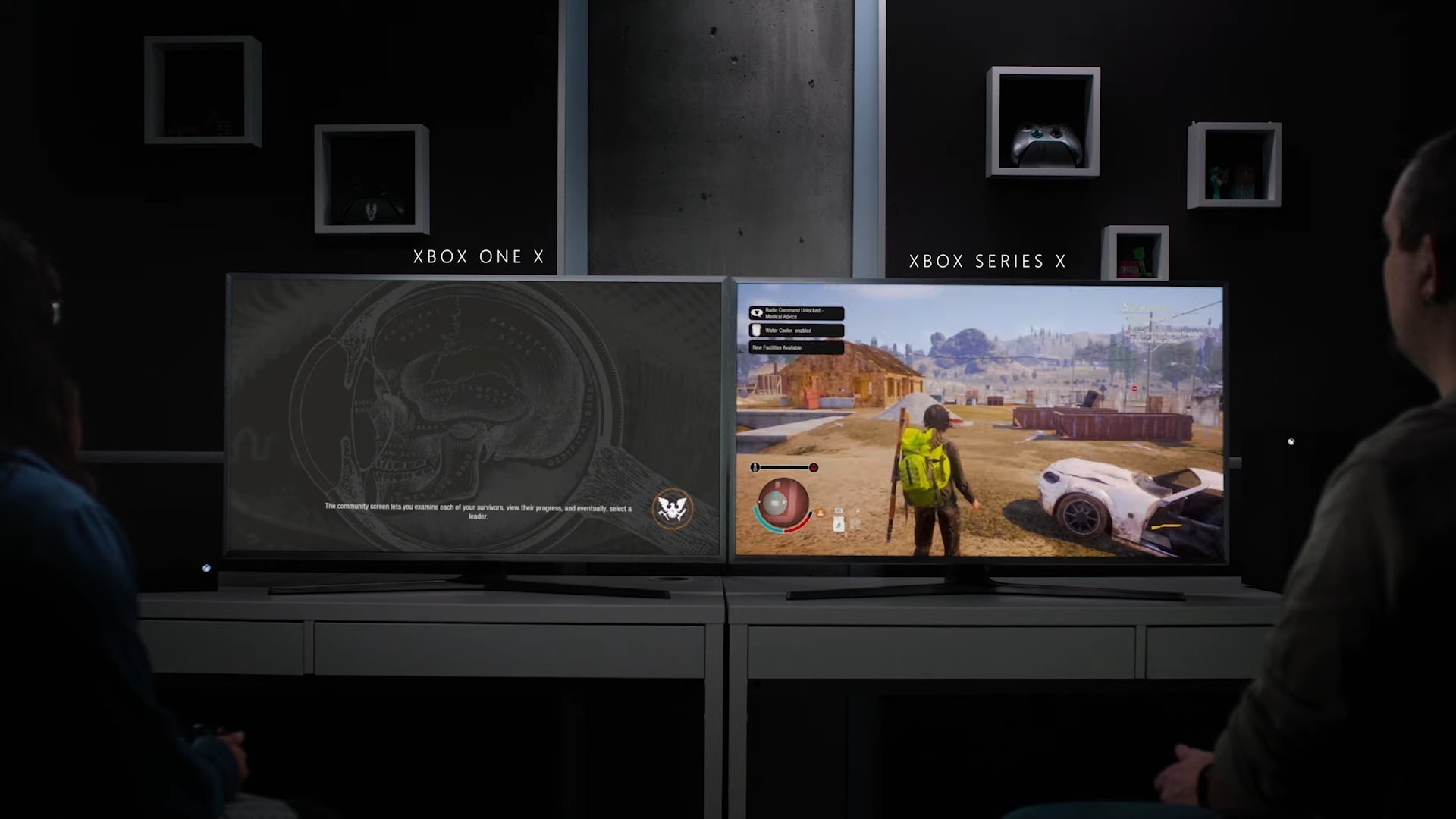
We've all had times when we've been left staring at our phone as a game spends a few minutes getting itself ready, but the Series X is looking to end that. While we've already talked about how the Xbox Series X will be cutting down on load times thanks to it's SSD and the new Xbox Velocity Architecture that allows for fast asset streaming, another fantastic addition is the Quick Resume. This will let you hop-in and hop-out of multiple games, saving your spot in them so you can pick up the action from that place next time you start the game.
Microsoft has reduced latency to a matter of milliseconds
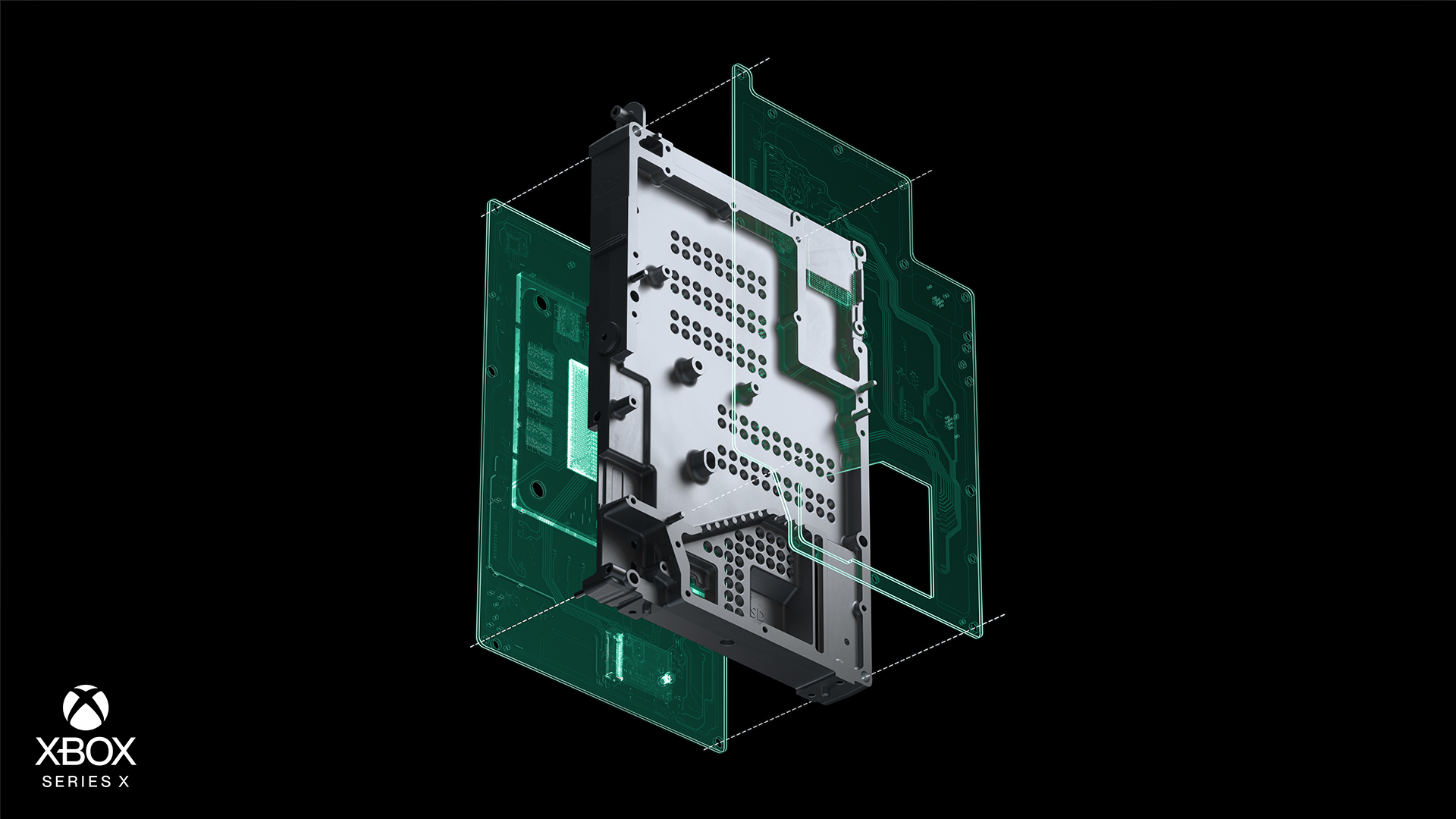
"Every millisecond matters", according to Microsoft, which explains why it's making such advanced strides in the first to reduce latency (i.e. the time it takes for a game to respond to controller input) to a state of near non-existence. The Xbox team have already talked about its Dynamic Latency Input technology in the past, but a new graph on the blog post reveals exactly how this works in action. Microsoft has also confirmed it's working with TV manufacturers to ensure that display technology is there and ready for these new advancements in latency reduction once they hit the market, which is no doubt reassuring news for 4K enthusiasts.
Sign up to the GamesRadar+ Newsletter
Weekly digests, tales from the communities you love, and more
Cross generation multiplayer is confirmed
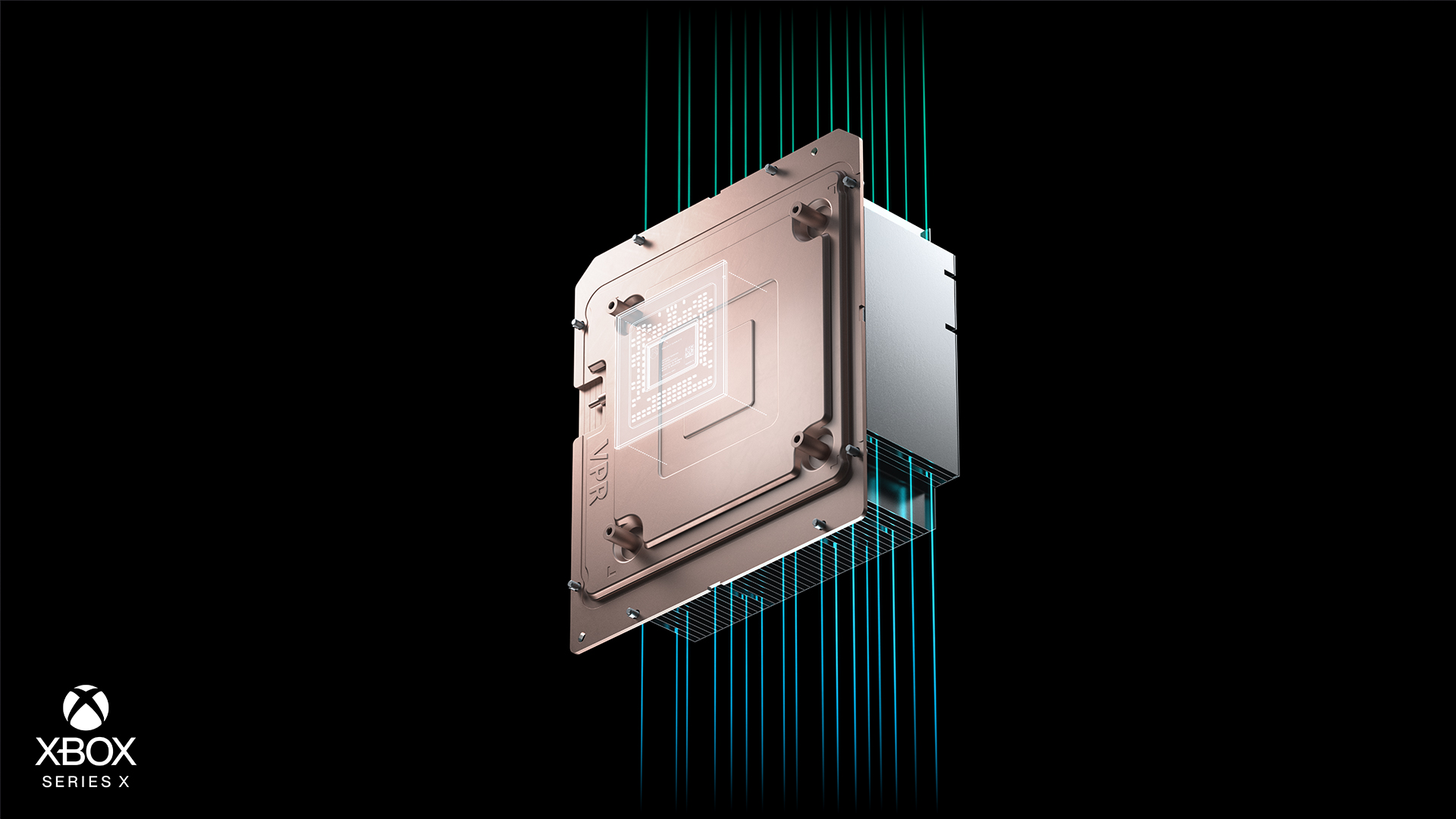
A small, throwaway line the new blog reveals that Microsoft will "enable cross generation multiplayer" between the Xbox Series X and its predecessors, the Xbox One, Xbox One S, and Xbox One X respectively. This is a huge deal, making sure that those remaining on Xbox One for now won't get left behind, and allowing friends to continue playing together across generations. It also guarantees a more active and unified playerbase amongst multiplayer titles like Halo Infinite, though how Microsoft plans to address the potential competitive advantages that Xbox Series X players will have over the last-gen opponents remains unclear for now.
Xbox Series X Optimized games are coming
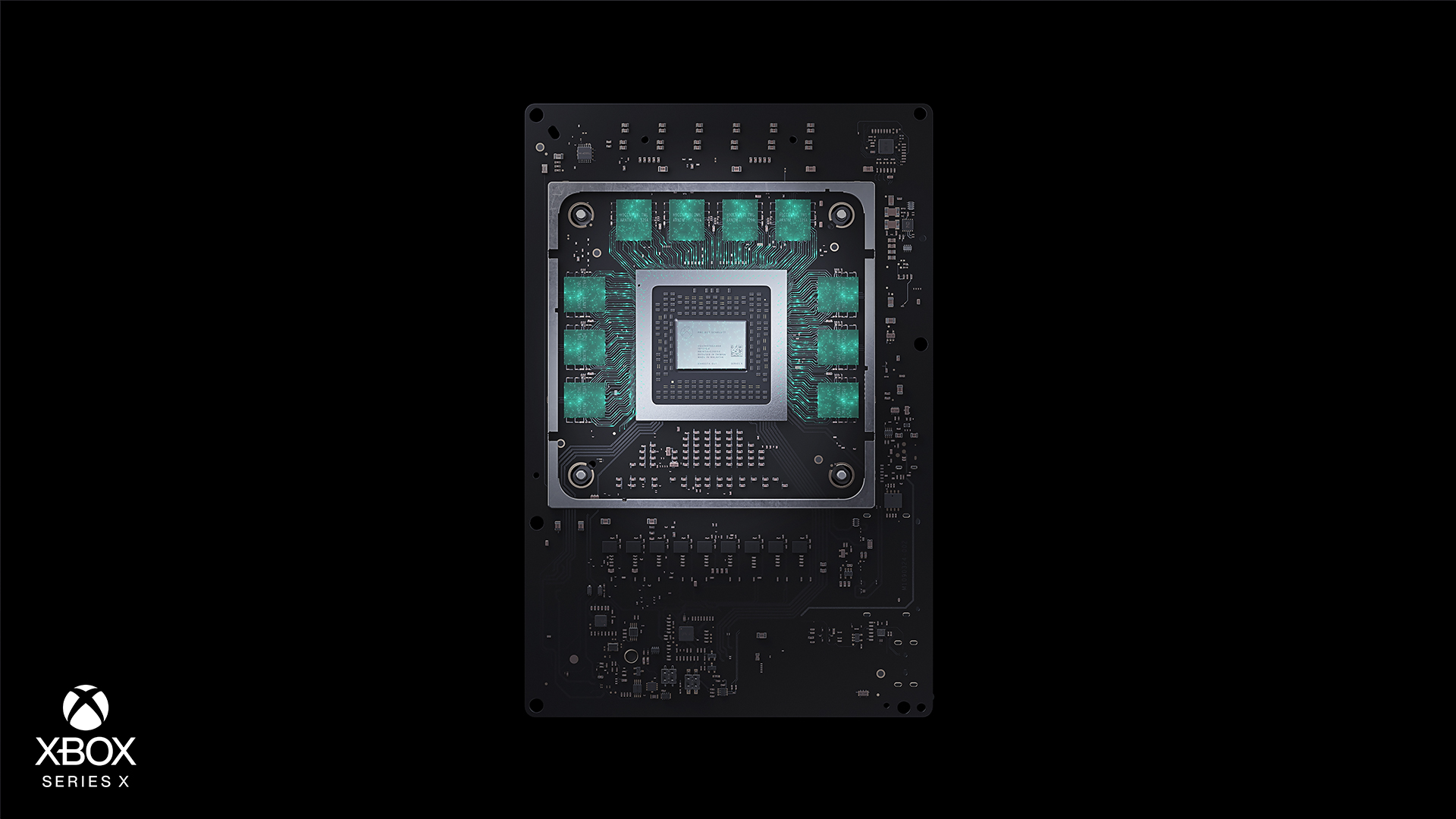
Microsoft had already confirmed that it was introducing Xbox Series X Smart Delivery, a new technology that is designed to ensure you always play the best version of the games you own for your console, across generations. While Halo Infinite had already been announced to use this system at launch, we now know that there will be an Xbox Series X Optimised version of Gears 5 on day one. This next-gen optimised version of the game will make use of many of the new features and hardware evolutions of the Xbox Series X – such as more detailed textures, faster loading times, and improved framerates. Better still, you'll get this for free if you already own the Xbox One version of the game.
Console size confirmed
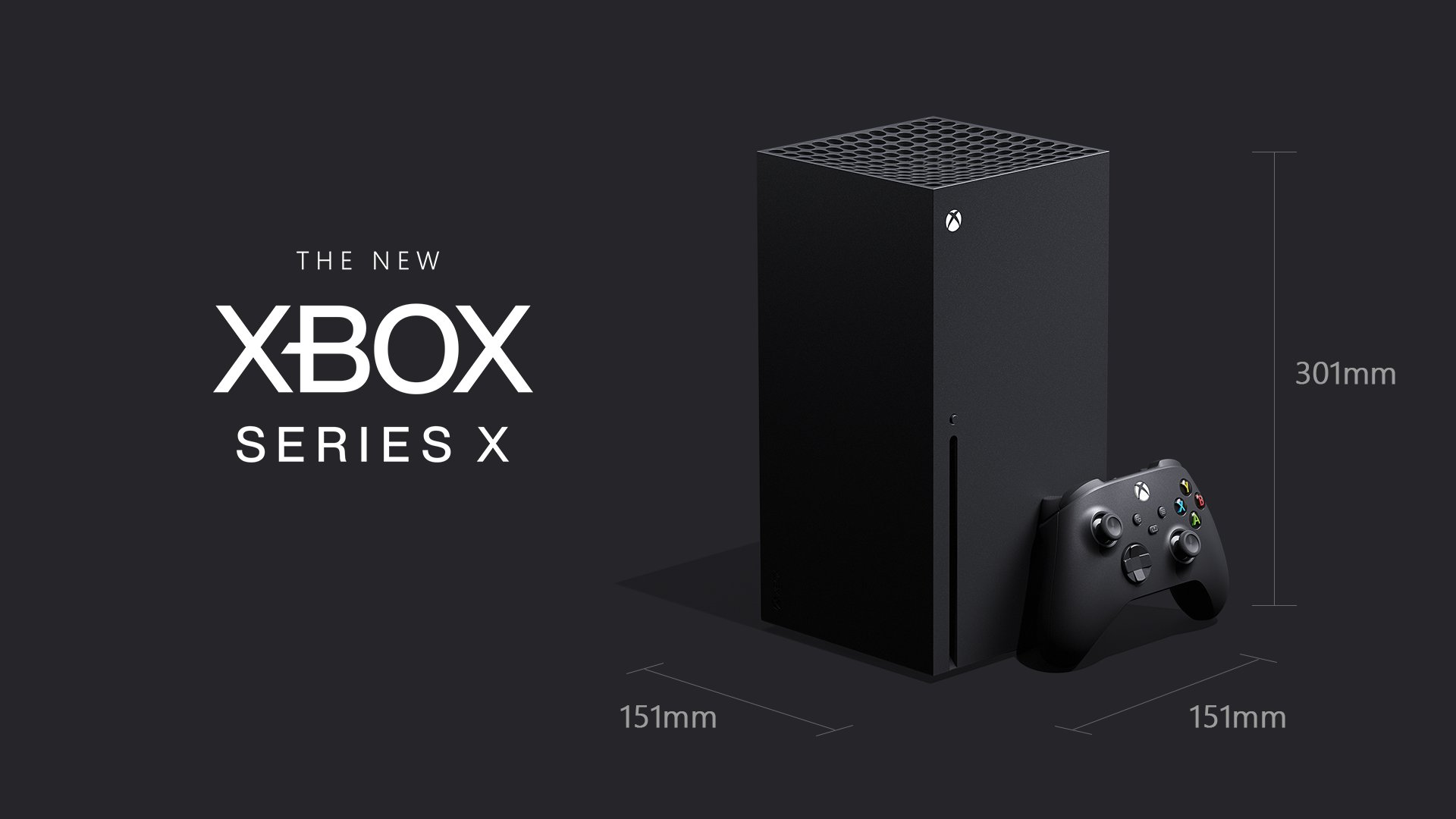
We've known for quite some time now that the Xbox Series X is a bit of a beast. Thankfully, Microsoft has finally confirmed just how large the console is going to be – you'll want to keep this in mind as you attempt to work out how much reorganising your home setup is going to need. The Xbox Series X size is 151mm in depth, 151mm wide, and 301 mm tall, when measured from its standing position. To put that in perspective, the Xbox Series X is 300mm in length, 240mm wide, and 60 mm tall when on its side. That makes it shorter and thinner than its predecessor, but larger in depth, emulating the box-shape design of a contemporary desktop PC.
The controller is getting a new D-Pad
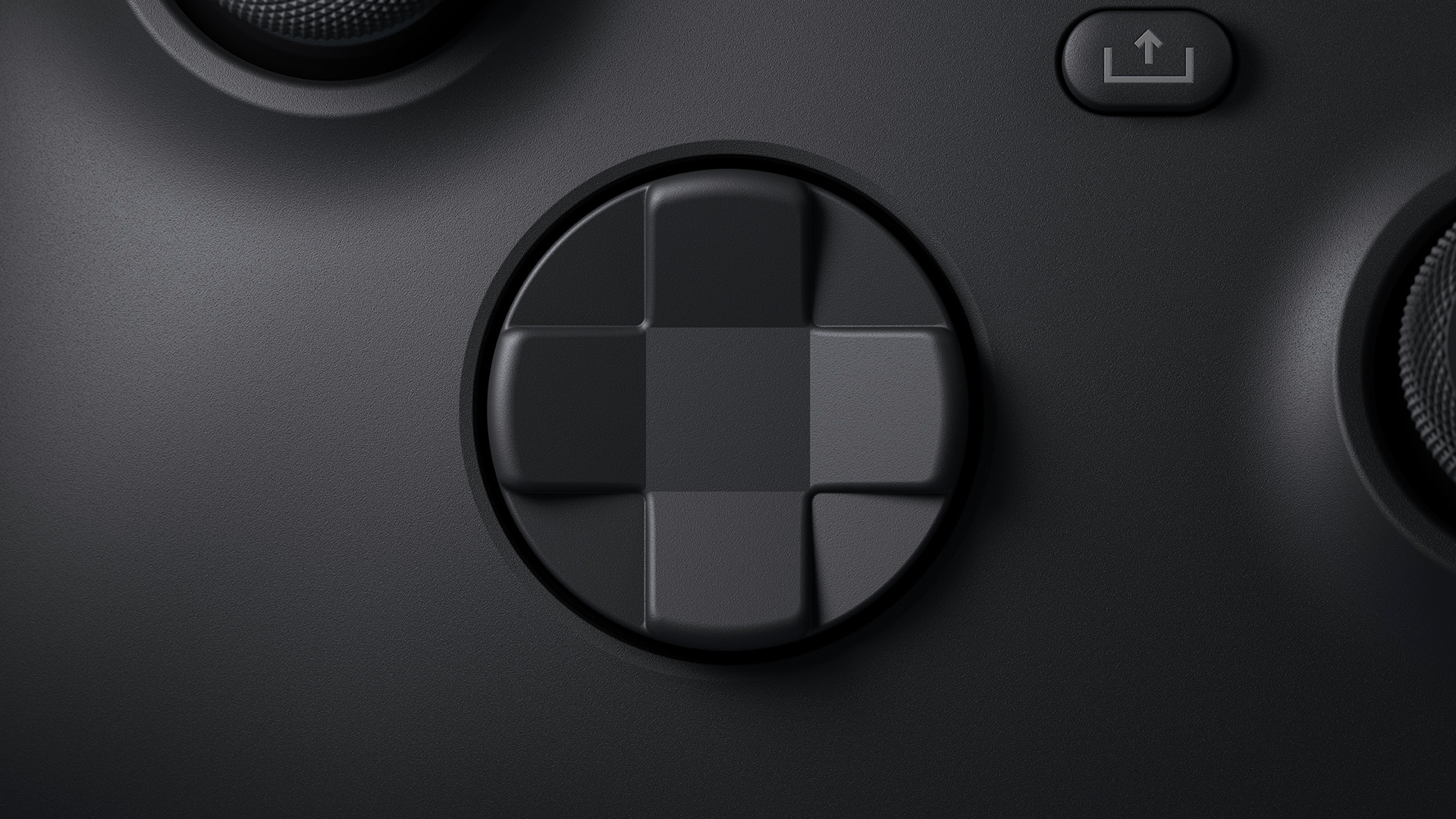
What's a controller without a solid D-Pad? The Xbox team has clearly taken a few lessons from its work with the Xbox Elite Wireless controller, and has sought to ensure that the Xbox Series X controller has a D-Pad that is focused on "boosting performance and accessibility for all the ways people play," as Xbox's senior designer Ryan Whitaker would put it. The new D-Pad is a hybrid of the one seen on the original Xbox One and Elite controllers, offering a "slightly deeper dish gives your thumb a nice little 'home' to sit in", as well as "angles [that] are finely tuned to give you a good amount of leverage with minimal movement."
Confused by all of the tech talk? We have broken down the jargon of the PS5 and Xbox Series X in a series of next-gen explainers.

Josh West is the Editor-in-Chief of GamesRadar+. He has over 15 years experience in online and print journalism, and holds a BA (Hons) in Journalism and Feature Writing. Prior to starting his current position, Josh has served as GR+'s Features Editor and Deputy Editor of games™ magazine, and has freelanced for numerous publications including 3D Artist, Edge magazine, iCreate, Metal Hammer, Play, Retro Gamer, and SFX. Additionally, he has appeared on the BBC and ITV to provide expert comment, written for Scholastic books, edited a book for Hachette, and worked as the Assistant Producer of the Future Games Show. In his spare time, Josh likes to play bass guitar and video games. Years ago, he was in a few movies and TV shows that you've definitely seen but will never be able to spot him in.


